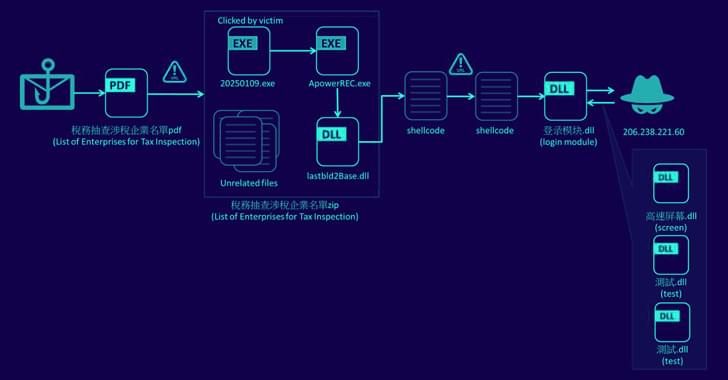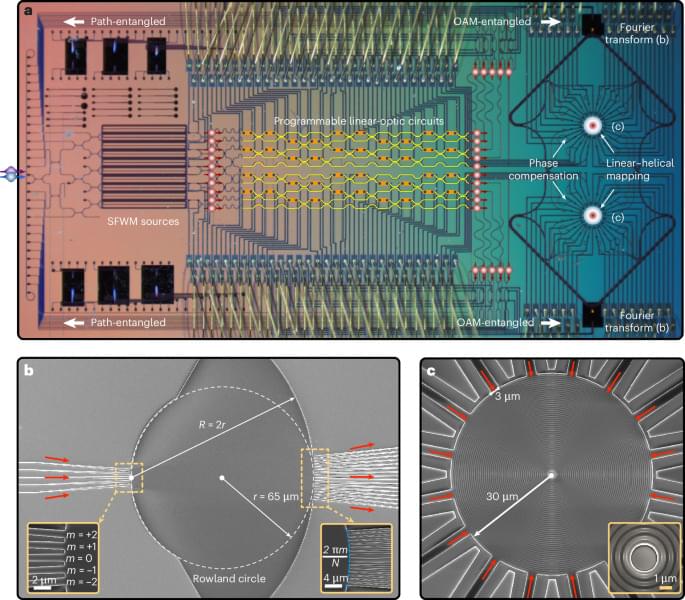It’s worth noting that the intrusion set distributing the Winos 4.0 malware has been assigned the monikers Void Arachne and Silver Fox, with the malware also overlapping with another remote access trojan tracked as ValleyRAT.
“They are both derived from the same source: Gh0st RAT, which was developed in China and open-sourced in 2008,” Daniel dos Santos, Head of Security Research at Forescout’s Vedere Labs, told The Hacker News.
“Winos and ValleyRAT are variations of Gh0st RAT attributed to Silver Fox by different researchers at different points in time. Winos was a name commonly used in 2023 and 2024 while now ValleyRAT is more commonly used. The tool is constantly evolving, and it has both local Trojan/RAT capabilities as well as a command-and-control server.”







